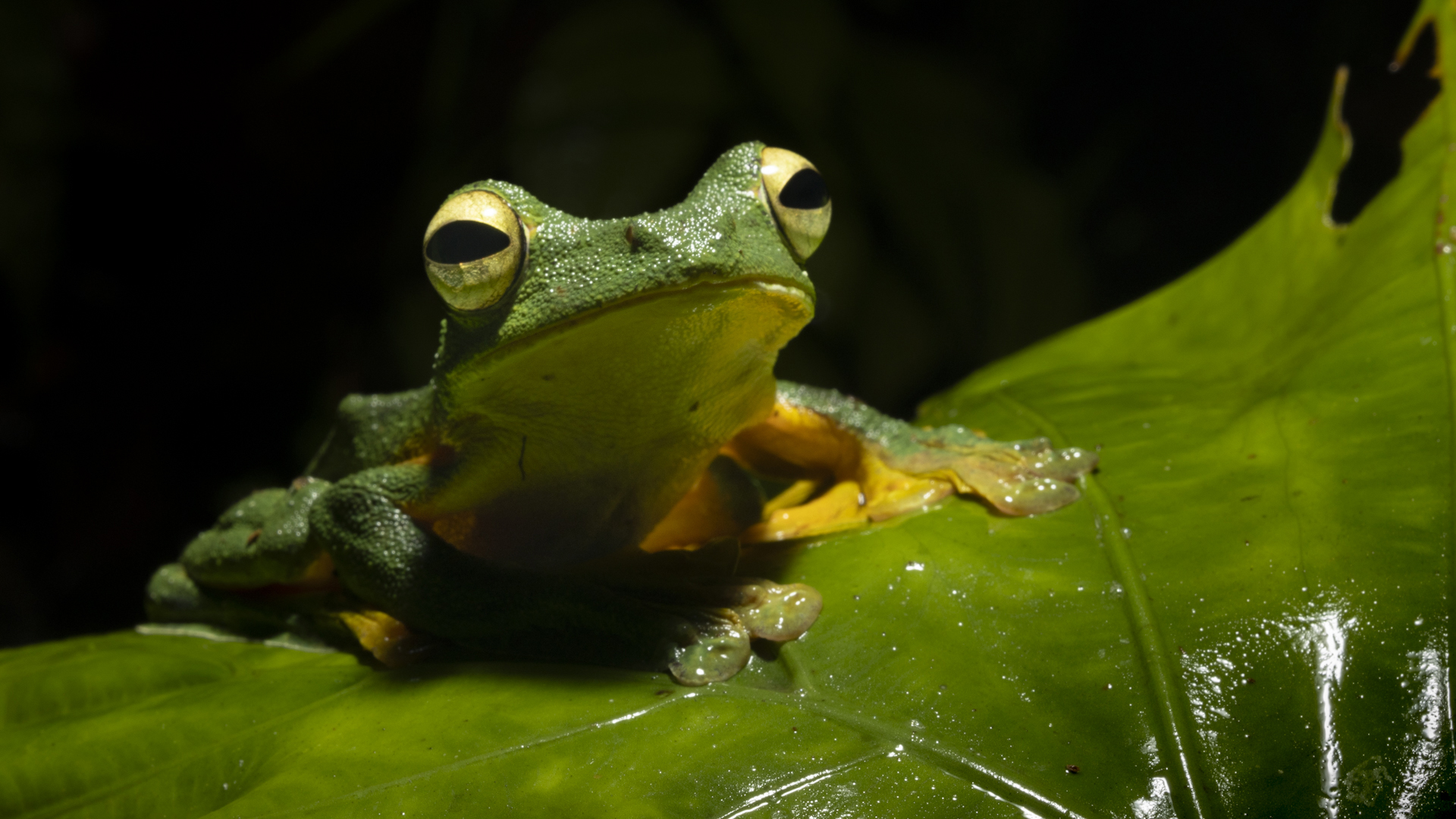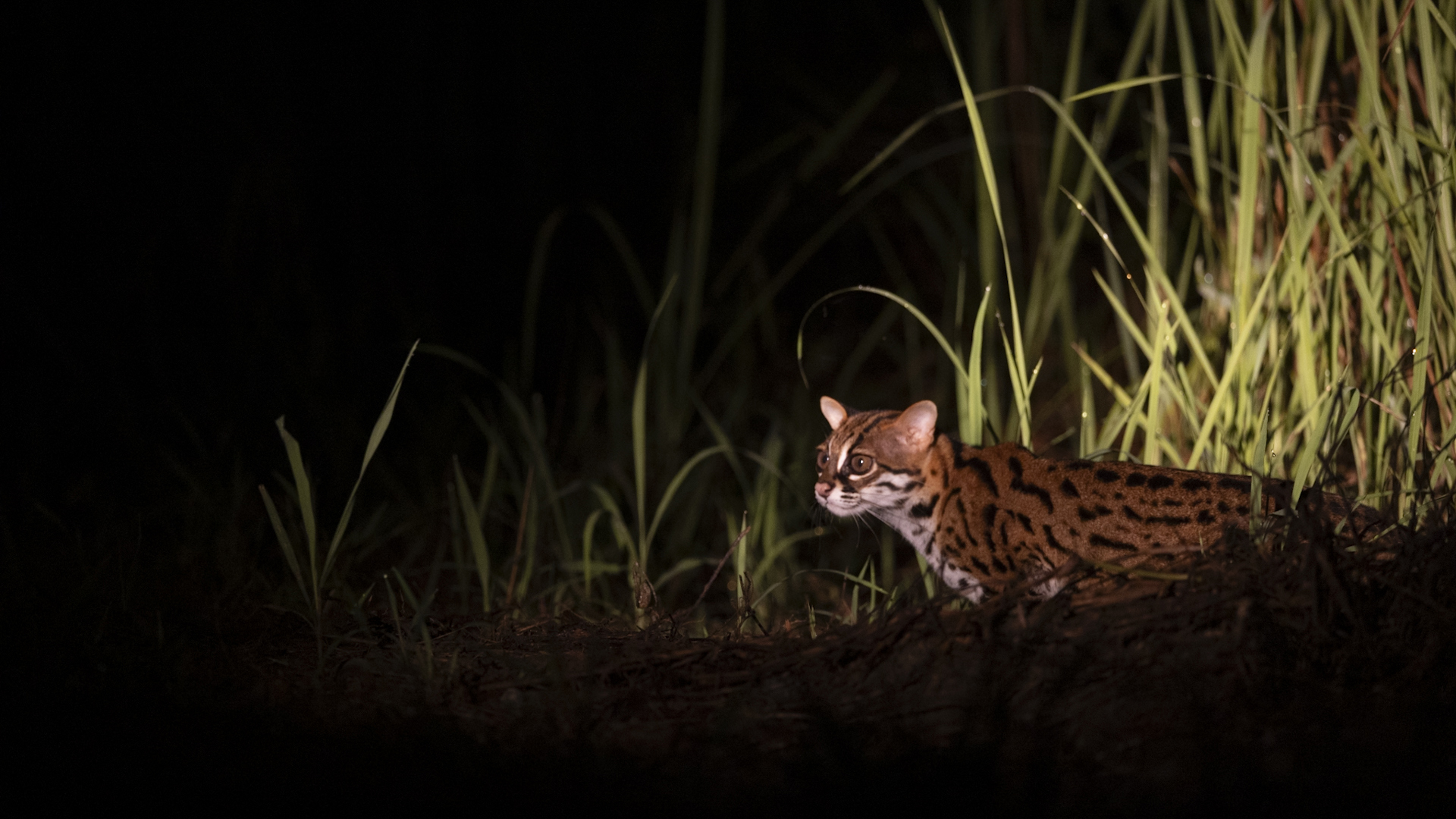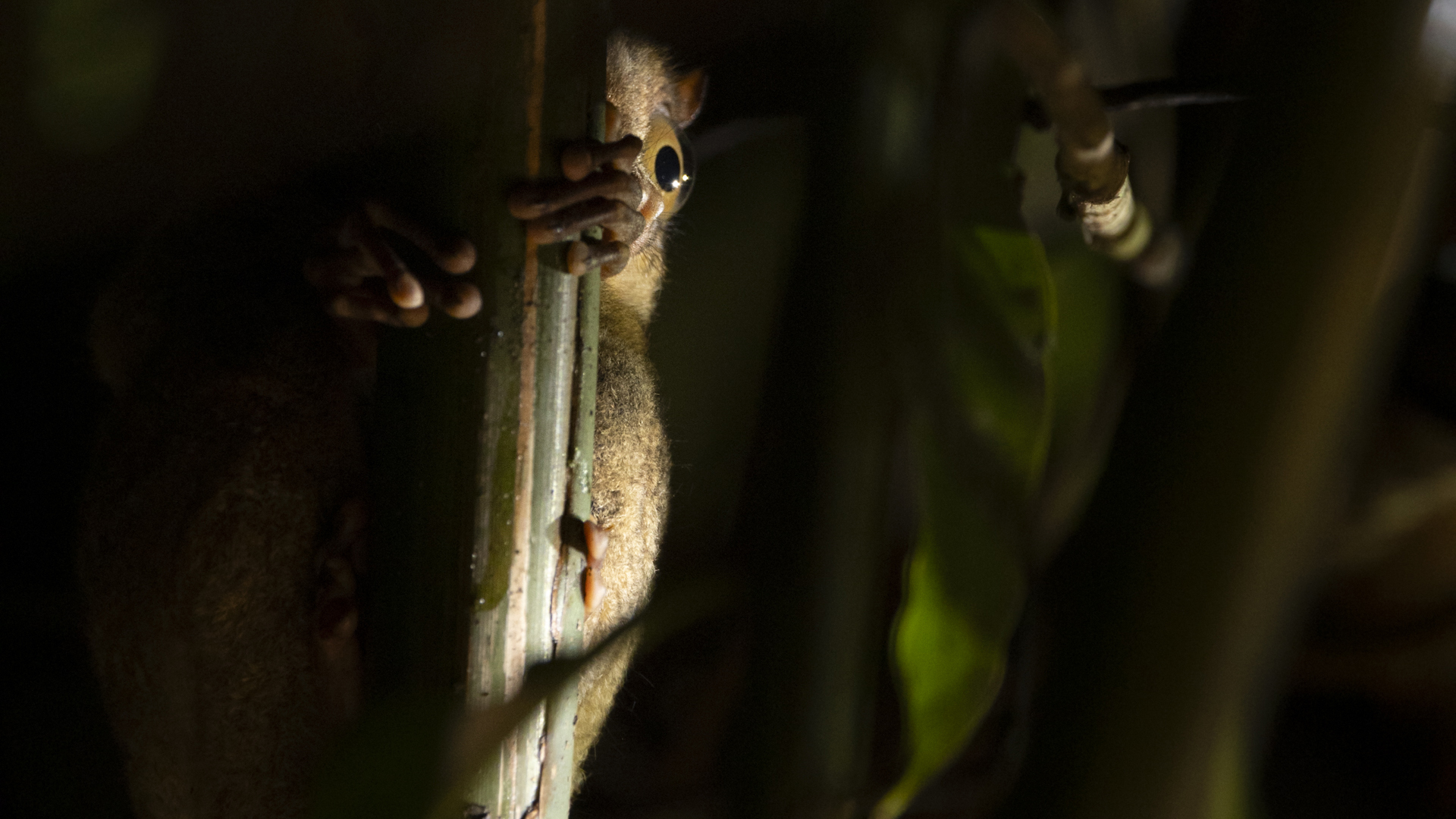I set out to photograph Borneo's lesser-known nocturnal wildlife. Here's how I got on
Rémi Vacher on an expedition to the island, where he chose to photograph its rainforest nightlife

"My trip to Borneo had multiple objectives. The first was capturing the five species of wildcats living in tropical forests. Within a week, I knew it would be a real challenge but we managed to find the Leopard Cat and the Marbled Cat, which was a great achievement.
However, since wildcats are usually active at night, we spent a lot of time in the dark. So, as the second part of my project, I set myself the goal to capture Borneo’s diverse wildlife in the dark – the island has so much more to offer than just wildcats.

From a photography standpoint, taking beautiful pictures at night in such a hostile environment was challenging; from the leeches that would find a way to attach themselves to me to the humidity, the inaccessibility of some areas and the pouring rain that could arrive at any time.
Because we were travelling by car, the hardest part was spotting the wildlife. We used a torch to see if we could get any reflections from the eyes. Once we spotted an animal, we stopped and figured out what type or species it was so we knew how to approach it. I needed to think quickly and figure out how to get the shot.

Usually, it is better to shoot from ground level. However, most animals are shy and tend to run away. Also, shooting with a flash in the pitch dark needs to be avoided at all costs as it goes straight into the animal’s eyes and creates poor lighting conditions. So, I used an off-camera flash that I left on the floor, positioned 90° degrees from the camera, or I held the flash or got someone else to hold it.
Most of the wildlife shots we see tend to be captured in the daytime, so discovering a completely different viewpoint was just amazing. The stars all over the sky, the sound of silence and hearing the creatures moving around silently in their natural habitat was a whole new experience.
I am glad that this project has allowed me to experience Borneo’s wildlife at night and that it has also given others the chance to discover it through my photography."
Get the Digital Camera World Newsletter
The best camera deals, reviews, product advice, and unmissable photography news, direct to your inbox!

Tech details

Camera: Canon EOS R5
Lenses: Canon RF 100-500mm f/4.5-7.1L IS USM
Laowa 100mm f/2.8 2x Ultra Macro APO
Other equipment: Godox XPro III, Godox V1, Softbox

Rémi Vacher is a French-born wildlife photographer based in Dubai who captures the beauty of nature through his lens. Away from his day job as a cybersecurity engineer, Rémi dedicates his spare time to photographing the world’s most remarkable creatures in their natural habitats. Rémi has embarked on countless expeditions to remote corners of the globe, often acting as a guide on the journey.
This article originally appeared in Digital Photographer, a monthly magazine, and the kitbag essential for pros, enthusiasts and amateurs alike!
Inside, you'll find practical guides, shooting tips and techniques from working photographers, plus all the latest industry news.

Kim is the Staff Writer on Digital Camera World, and formerly Technique Editor at Digital Photographer, focusing on the art and science of photography. With a Master’s degree in Photography and Media, she is driven to educate through an analytical approach, visually and technically. With her guides and tutorials, Kim seeks to uncover new facets of this time-honoured medium and foster a deeper understanding of its profound role in culture. Kim highlights topics that resonate with modern society, including women in photography and critical issues such as environmental conservation. She also discusses and reviews camera gear, giving you an overview to find the best fit for your photography journey.

